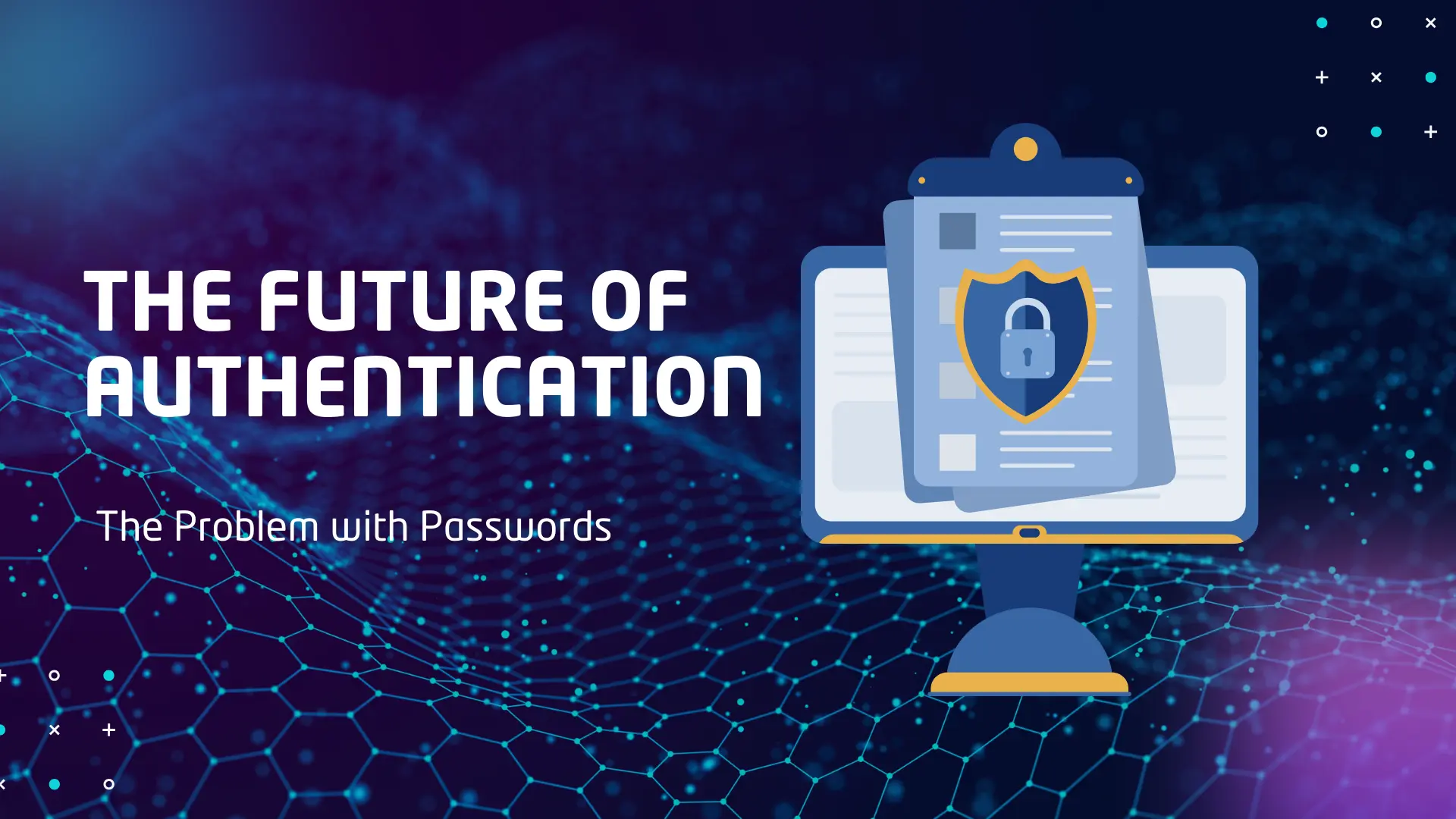Passwords have been the primary method of online authentication for decades. However, they are increasingly becoming a security risk due to weak password practices, phishing attacks, and data breaches. As cyber threats evolve, so must our approach to securing digital identities. The future of authentication is shifting towards more secure, user-friendly, and passwordless solutions.
The Problem with Passwords
Traditional passwords come with a set of challenges:
- Weak Passwords: Many users create easy-to-guess passwords or reuse the same password across multiple sites, making them vulnerable to hacking.
- Phishing Attacks: Cybercriminals often trick users into revealing their passwords through fake login pages and emails.
- Data Breaches: A single data breach can expose millions of passwords, leading to identity theft and financial losses.
- User Frustration: Remembering multiple complex passwords is cumbersome, leading to poor security habits.
With these challenges, it’s clear that passwords alone are no longer sufficient. The future lies in advanced authentication methods that enhance security without compromising user convenience.
Emerging Passwordless Authentication Methods
Biometric Authentication
Biometrics, such as fingerprint scanning, facial recognition, and iris scanning, provide a more secure and user-friendly alternative to passwords. Smartphones and laptops are increasingly adopting biometric authentication, reducing reliance on traditional passwords.
Multi-Factor Authentication (MFA)
MFA combines multiple authentication methods, such as a password plus a one-time code sent to a mobile device or email. This extra layer of security significantly reduces the risk of unauthorized access.
Passkeys and Public Key Cryptography
Passkeys eliminate the need for passwords by using cryptographic keys stored on a trusted device. Apple, Google, and Microsoft are integrating passkeys to offer seamless authentication without passwords.
Behavioral Authentication
This method analyzes user behavior, such as typing speed, mouse movement, and device usage patterns, to verify identity. If an anomaly is detected, additional verification steps are triggered.
Hardware Security Keys
Physical security keys, such as YubiKeys, offer an extra layer of protection by requiring a USB or NFC device for authentication. These keys are resistant to phishing attacks and unauthorized access.
Decentralized Identity Solutions
Decentralized identity solutions, powered by blockchain technology, allow users to control their digital identity without relying on a central authority. This reduces the risk of data breaches and gives users more privacy and security over their personal information.
Zero Trust Authentication
Zero Trust Authentication requires continuous verification of identity instead of relying on a one-time login. It analyzes various factors, such as device security, geolocation, and user behavior, to ensure authentication is continuously validated.
QR Code Authentication
QR code-based authentication is an emerging trend where users scan a QR code on a device to log in securely. This eliminates the need for entering passwords while ensuring secure, encrypted access.
The Role of AI and Blockchain in Authentication
Artificial intelligence (AI) is playing a crucial role in detecting fraudulent login attempts by analyzing behavioral patterns and identifying suspicious activities in real time. Additionally, blockchain technology enables decentralized identity verification, reducing the risk of centralized data breaches.
The Future: A Passwordless World
The shift towards passwordless authentication is gaining momentum, with tech giants adopting advanced authentication techniques. Businesses and developers must prioritize security by implementing passwordless login options, enhancing user experience while strengthening protection against cyber threats.
Conclusion
The era of passwords is coming to an end. As authentication technologies continue to evolve, businesses and individuals must embrace passwordless security solutions. Whether through biometrics, passkeys, decentralized identity, or behavioral authentication, the future of online security lies in safer, more efficient authentication methods. By adopting these technologies, we can create a more secure digital world free from the risks associated with traditional passwords.
